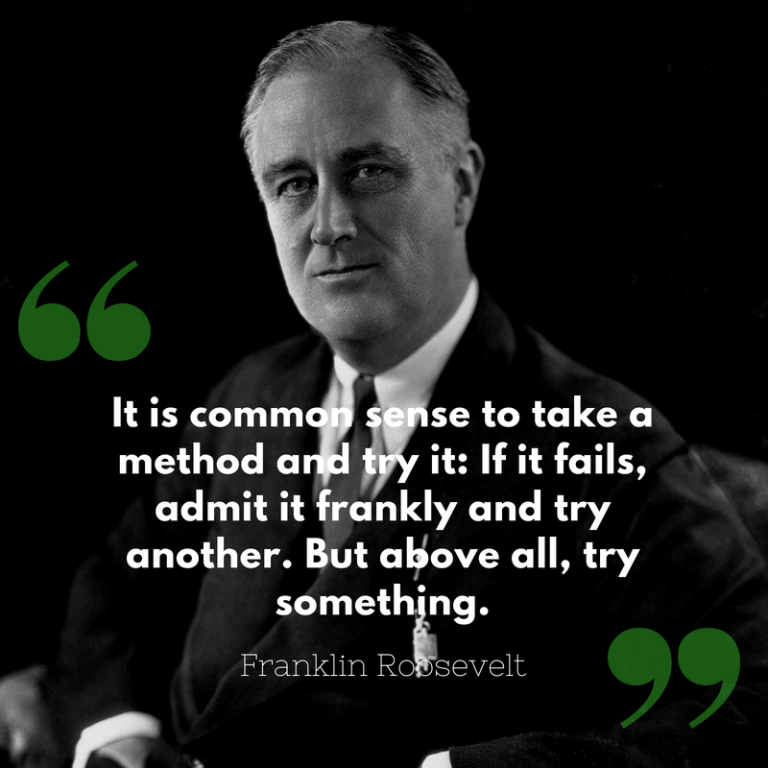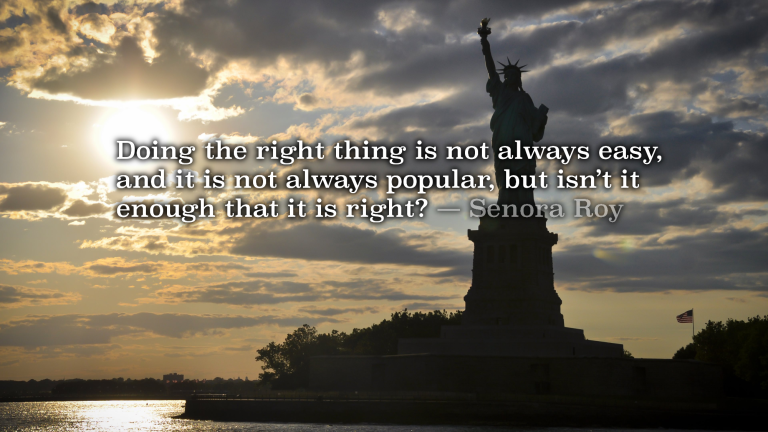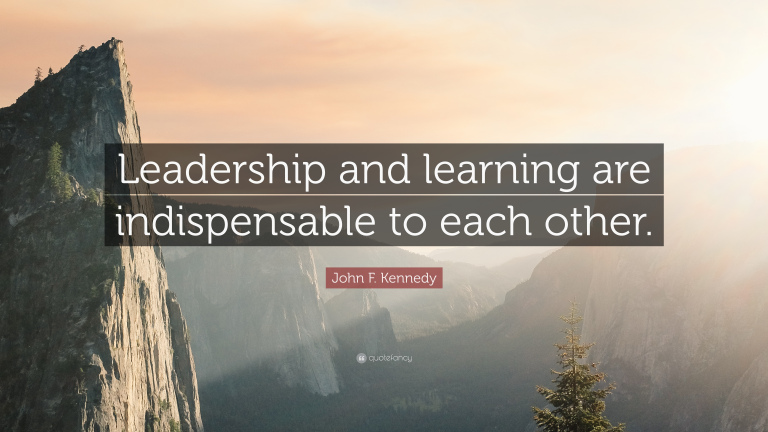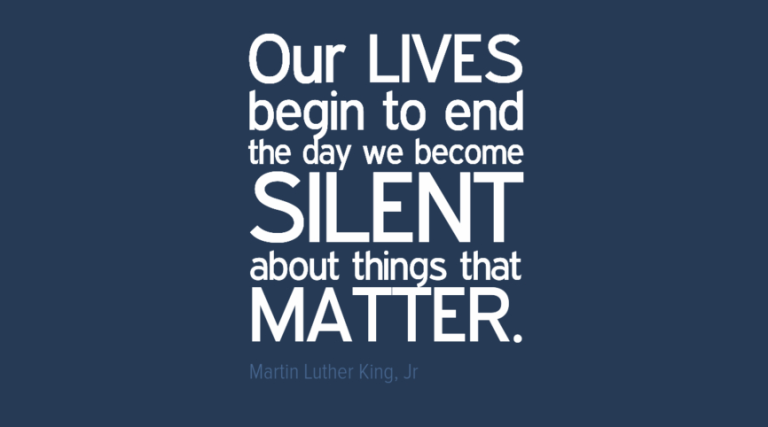Maximizing Organizational Intelligence
Tomorrow, October 9th, at the Mutual of America Building, 320 Park Avenue, The Fedcap Group is hosting its 16th Solution Series: Maximizing Organizational Intelligence: Building Capacity to Create and Strategically Use Knowledge. The recent spotlight on the importance of knowledge in corporate management is highlighted by studies estimating that the value of employee know-how, patents, brand recognition and other forms of knowledge rose from 38% of corporate assets in 1982 to 62% in 1992. In 1997, knowledge accounted for 80% of all corporate assets and in 2018 knowledge accounts for 83% of all corporate assets.
Organizational intelligence is defined as the capacity of an organization to create knowledge and use it to strategically adapt to its environment. Actionable knowledge that drives insights and leads to better decision-making is necessary for success in a fast-changing global marketplace.
Maximizing organizational intelligence presents companies with both opportunities and challenges. Intelligent organizations that successfully leverage information have a distinct competitive advantage, but they risk being overwhelmed by the sheer volume of data that is available to them.
To fully leverage data and analytics, we have learned that we need to manifest all the elements that define an intelligent organization – business, emotional, social, and cultural intelligence. This requires technological capabilities, understanding the dynamics and motivations of a multicultural workforce and being structured to manage complexity and change. Every member of the organization must learn to think analytically, seek out new knowledge, embrace experimentation and innovation, and encourage creativity and independence.
The Fedcap Group is a global network of nonprofit agencies dedicated to advancing the economic and social well-being of the impoverished and disadvantaged. We fully appreciate the need for and complexities of leveraging powerful new technologies, intensive market placed research, as well as the intelligence of our own diverse and talented workforce to drive actionable insight.
At The Fedcap Group, we embrace the challenge – it is the only way forward.










